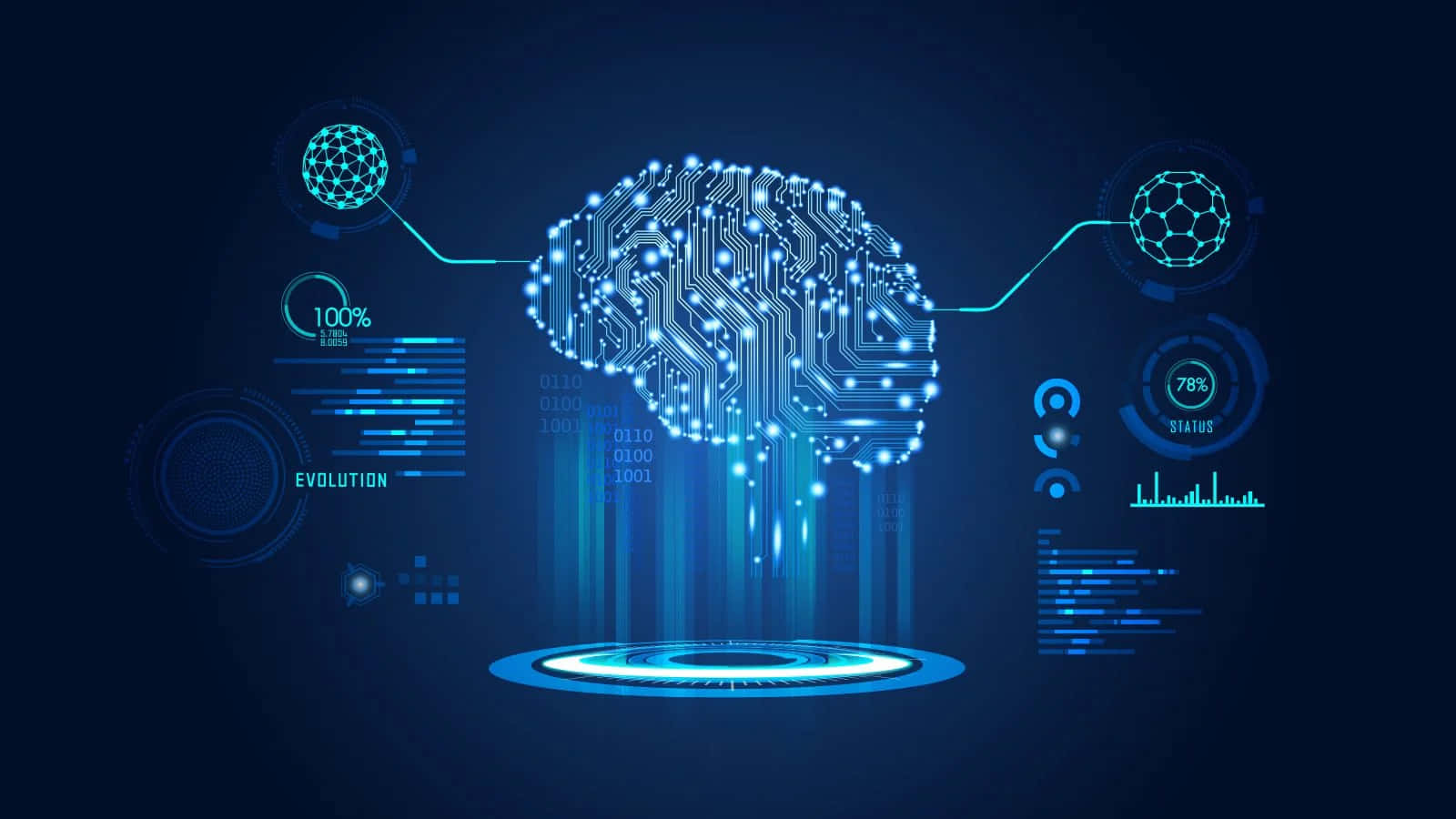As artificial intelligence permeates every corner of digital life in 2025, its role in cybersecurity has never been more pivotal or precarious. With 72% of global organizations reporting escalated cyber risks over the past year, much of this surge stems from AI's dual nature: enabling hyper-efficient attacks while offering unprecedented defensive tools. Enterprises now grapple with AI-orchestrated phishing that evades traditional filters and "shadow AI"—unsanctioned models deployed by employees that bypass governance, exposing sensitive data to unseen vulnerabilities. Yet, this same technology powers real-time threat hunting, slashing response times from hours to seconds. By dissecting these dynamics and implementing targeted safeguards, businesses can tilt the scales in their favor, fostering resilience amid an evolving threatscape.
The allure of AI for attackers has birthed a new era of sophisticated incursions, where machine learning automates and amplifies traditional tactics. Nation-state actors and ransomware groups alike exploit AI to craft polymorphic malware that mutates on the fly, dodging signature-based detection, while deepfake-driven social engineering preys on remote teams with eerily convincing video calls. Supply chain compromises have spiked, with AI probing for weak links in third-party vendors, as seen in a 30% uptick in such incidents year-over-year. Shadow AI compounds the chaos: employees tinkering with ungoverned generative models risk data exfiltration or model poisoning, where tainted inputs corrupt outputs for downstream sabotage. These threats aren't abstract—malware-free attacks, leveraging legitimate tools twisted by AI, now constitute over 70% of intrusions, demanding a paradigm shift beyond perimeter defenses.
Countering AI's dark side requires a proactive, layered approach that integrates human oversight with automated intelligence. Begin with robust AI governance frameworks: Establish clear policies for model selection, deployment, and auditing, including mandatory reviews for "shadow" usage to prevent rogue implementations. Tools like IBM's Watson or custom SIEM integrations can enforce these, ensuring only vetted AI enters the ecosystem.
Elevate threat detection by deploying AI-driven analytics that baseline normal behavior and flag anomalies in real-time—think endpoint detection systems (EDS) enhanced with machine learning to predict breaches before they unfold. Pair this with continuous vulnerability scanning, where AI prioritizes exploits based on contextual risk, reducing patch fatigue and exposure windows.
Data security forms the bedrock: Encrypt AI training datasets at rest and in transit, incorporate digital signatures for integrity checks, and track provenance to verify input origins, thwarting poisoning attempts. Agencies like CISA advocate these as core practices, emphasizing secure multi-party computation for collaborative AI without full data exposure.
Human-AI symbiosis is key—train teams on recognizing AI-generated fakes through workshops featuring simulated deepfakes, and foster a "trust but verify" culture with explainable AI that demystifies black-box decisions. For supply chains, adopt AI-augmented third-party risk management, automating assessments and contractual clauses mandating AI transparency from vendors.
Finally, weave in Zero Trust principles tailored for AI: Assume compromise by segmenting AI workloads, enforcing least-privilege access via identity-first controls, and simulating adversarial attacks quarterly to harden models. This holistic stance not only mitigates risks but amplifies AI's upsides, like automated incident response that correlates logs across silos for faster triage.
| Practice | Key Benefit | Quick Win Tool |
|---|---|---|
| AI Governance Policies | Curbs shadow AI, ensures compliance | Policy automation via ServiceNow |
| ML-Enhanced Detection | Spots evolving threats proactively | CrowdStrike Falcon or Darktrace |
| Data Encryption & Provenance | Protects inputs from tampering | HashiCorp Vault or Microsoft Purview |
| Adversarial Training Simulations | Builds resilient human defenses | KnowBe4 with AI modules |
Gazing toward late 2025 and beyond, quantum computing looms as AI's next disruptor, promising to crack current encryption unless post-quantum algorithms are prioritized. Platformization—unified security stacks blending AI across clouds—will streamline operations, but only if interoperability standards keep pace. Meanwhile, regulatory waves like expanded AI Acts demand auditable ethics, turning compliance into a competitive edge.
In 2025's AI-infused arena, cybersecurity isn't about outrunning machines but outsmarting them through balanced innovation and vigilance. Start today: Audit your AI inventory and pilot one detection tool. The result? Not just survival, but supremacy in a smarter, safer digital frontier.

